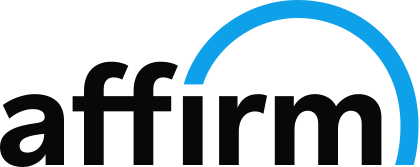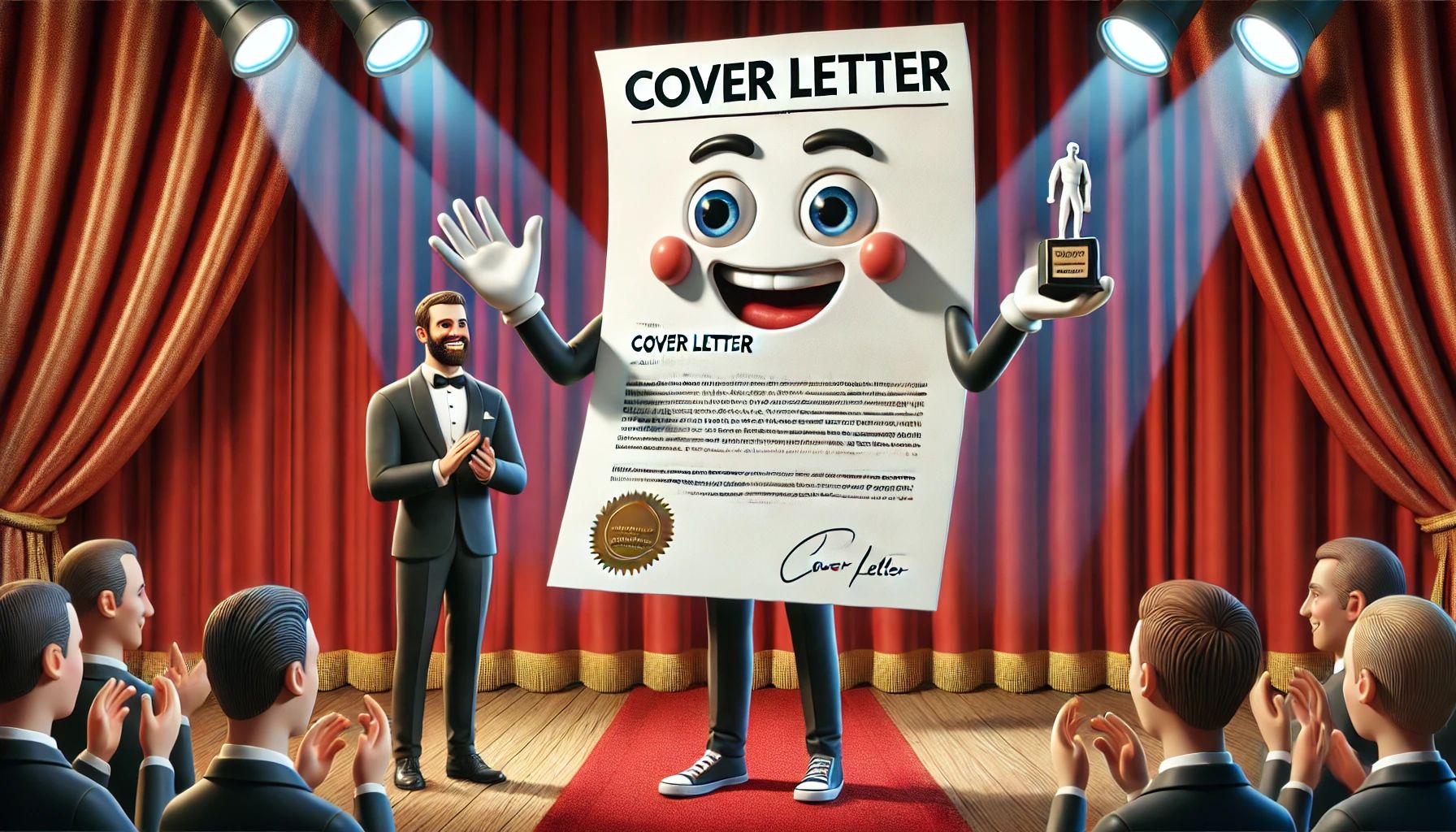 If you are a client of mine, then you very likely have already heard me say this: “THIS RESUME WE’RE WORKING ON ISN’T YOURS. IT BELONGS TO YOUR AUDIENCE AND WE NEED TO BUILD OUT STRATEGY WITH THAT IN MIND.” While quite the natural and understandable frame of mind, most people conceptually look at the writing of their resume from their own personal perspective. They focus on what it is they would like to communicate, instead of what the audience needs to know. However, employers look at resumes for an average of only 6 to 7 seconds. As such, you have no time to address your “wants” if it gets in the way of grabbing the reader’s attention by addressing their “needs.”
If you are a client of mine, then you very likely have already heard me say this: “THIS RESUME WE’RE WORKING ON ISN’T YOURS. IT BELONGS TO YOUR AUDIENCE AND WE NEED TO BUILD OUT STRATEGY WITH THAT IN MIND.” While quite the natural and understandable frame of mind, most people conceptually look at the writing of their resume from their own personal perspective. They focus on what it is they would like to communicate, instead of what the audience needs to know. However, employers look at resumes for an average of only 6 to 7 seconds. As such, you have no time to address your “wants” if it gets in the way of grabbing the reader’s attention by addressing their “needs.”
Let’s walk through the process of ensuring your resume meets its objective of capturing attention and getting you into the interview chair.
Map Out The Problems Your Audience Is Looking To Solve Through The Hiring Process
I don’t know about you, but when I leave the house to get into my car, I like to know where I am going – even before grabbing the keys. And if I haven’t been to the destination before, I need to pull up the old trusted map app and determine the ideal route for getting there. The construction of your resume is no different. After all, aren’t we attempting to get you to a destination (the interview room) using a vehicle (the resume) to navigate the terrain (review environment, number of applicants, etc.)? Before putting finger-to-keyboard, it is always best to profile the position, as well as the reader. You may have a wide-ranging skill set, but honestly, your audience only care about those that will make THEIR lives easier. Thus, those should be the only concepts you care about as well.
Start things off by combing through the target job description. If it is a robust one, it will give you the cheat sheet of what is most important to the hiring authorities. But don’t stop there. You should also review postings of the same or similar roles posted by other employers. Why? Because it is rare that a single job posting tells you everything they are seeking. The 2nd or 3rd posting may identify several skills and qualifications that are important to the role that your target posting did not mention. List out the required skills, qualifications, and experience and prioritize them. We now have the concepts needed to occupy featured status areas within the resume.
(I know this seems like extra work, but when you are competing against 200+ candidates for a role, you leave nothing to chance – something else any client of mine can tell you I preach 😁).
Identify Where The Role’s Requirements Match Your Background
Now that we have a strong listing of what your audience is seeking in a candidate, it is time to see where our offerings match them for tying into a document strategy. Think of it as a checklist where we go point-for-point in matching our background with the requirements. Our goal is to make it as effortless as possible for decision makers to see where we can satisfy each of those requirements. Again, we are not actively writing the resume at this point. We are building a strategy by developing something similar to an outline that will help us map what goes where, based upon how we know document readers “engage the page.” (And in case you missed it, the primary function of the resume IS to make life easy on its reader)
Now, your skills and experience are one thing, but remember, many of your skills and experiences will be held by your strongest competition as well. So what sets you apart? The ability to communicate impact on your resume offering to your audience. We win out by ensuring that we provide concrete examples of how our application of those sought-after skills have positively affected the enterprise. It is one thing to claim a skill or ability. It is another thing entirely to provide evidence of your application of said skills and abilities to achieve the mission of a former employer. THAT is what puts you at the front of the line.
Ensure High-value Content Occupies Resume Strategic Hot Spots
When building out document strategy, we need to ensure the highest priority concepts occupy what we know to be hot spots the audience will likely not zip past or gloss over. Remember, if we only have 6 to 7 seconds to convince them we are worth an interview spot, every word of the resume will not be read initially. Our goal is to map out the “can’t miss” areas and ensure something of note is there that will capture their attention. But before we do this, we need to construct an infrastructure that supports the innate prioritization of some information over others. In other words, we need to engineer where our reader looks in that limited time span.
A well-structured resume is more than just the words on the page for your audience. Its magic lies in taking into account how a potentially distracted reader absorbs information. As such, building in intuitive navigation qualities is key to how well one’s resume consistently works over the course of an extended job search. Many of the tactics used by certified resume writers to achieve this are subtle and go completely unnoticed by the reader (and the client). But they are highly effective in creating a natural “review hierarchy” that tends to get the most important information into their noggins before they check out.
🔹 🔹 🔹 🔹 🔹 🔹
Even if you are not a certified professional resume writer, you can give yourself an advantage over the completion by carefully considering what your audience needs before starting the process – if for no other reason than your competition won’t bother to do so. Thinking about the needs of the individual on the other side of the interview table isn’t natural for most people. But if you take the time to do so, you will happily find your email inbox more active than usual. 📩













